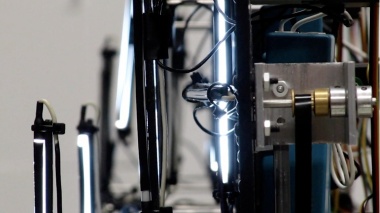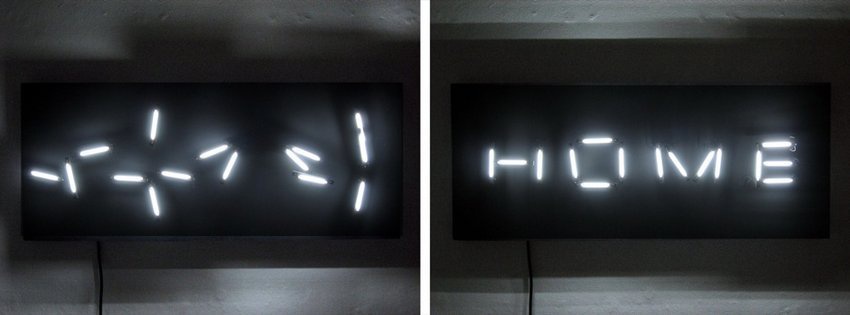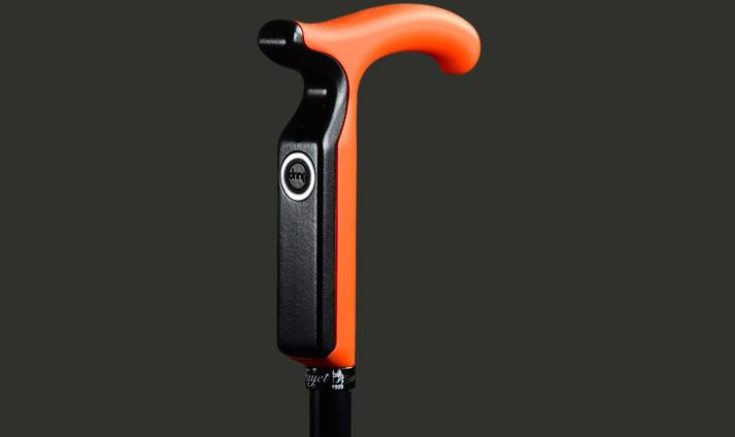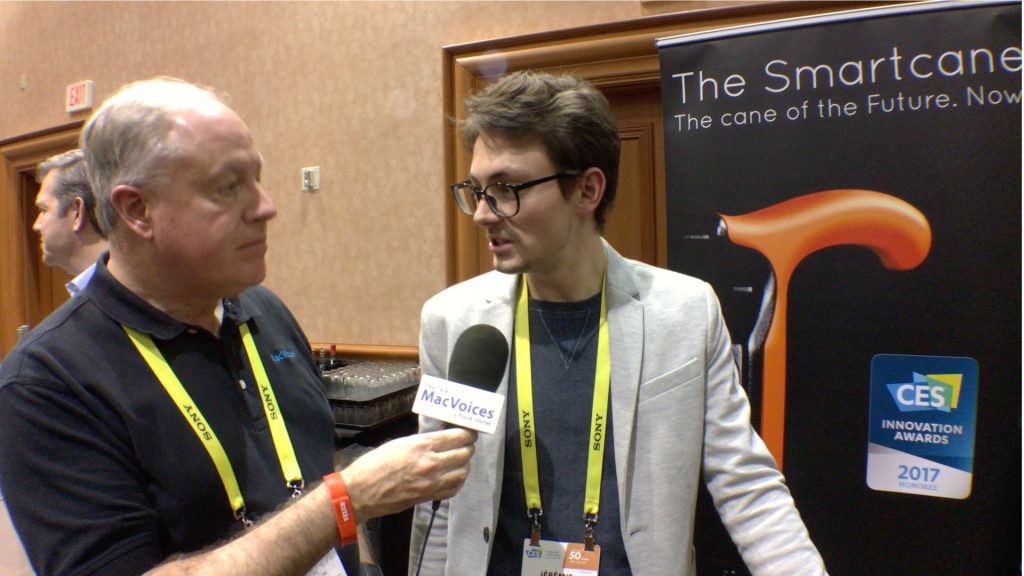Fitzania is preventative medical checkup disguised as an immersive game. Its aim is to encourage citizens to return regularly for health check-ups and fitness tests, by making healthcare a more personalized, stress-free and enjoyable part of everyday life. It allows viewers to have fun and immerse themselves comfortably in a game world, while analysis and diagnosis happens naturally at the same time. This setup consists of a spacious open room with digital walls and a single orb for players to carry during the game.
HOW IT WORKS
Players can lift the orb from the pedestal as they verify their personal information and calibrate their body movements with the system. Upon successful log-in, the orb vibrates, signaling the start of the game.
Fitzania makes use of a unique tracking system to map player data in the virtual space. Each orb is also treated with halo retro-reflective coatings, allowing easy detection by the sensors and plotting of the player’s precise location. As the player moves and positions the orb in the physical game space, several sensors around the room detects and analyze the bio-metric signals collected. The game provides on the spot diagnosis and updates the player’s personal fitness profile, allowing the player to receive his or her results right after.
WHERE IS IT?
Museum of Future Government Services, UAE, Dubai, 2015
THOUGHTS
This is certainly a refreshing approach towards healthcare, with easy calibration and little props. It pushes the boundaries of conventional games by incorporating aspects of health diagnosis with fun.
However, this setup could be a rather pricey investment – could only be applicable to youths, as this activity could be physically draining for kids or the elderly. Furthermore, the scope of the fitness diagnosis is perhaps limited or too general across all patients, and hence unable to determine specific illnesses or health problems simply through a game.
Perhaps this game can be installed in large hospital buildings or gyms as a form of entertainment, where visitors or patients can interact with. It can be a fun alternative way for people to understand the importance of health check-ups and have a general idea of their physical well-being, instead of being an official diagnosis.
References
http://scatter.nyc/fitzania/
https://www.designboom.com/technology/specular-projects-fiztania-interactive-installation-08-07-2015/

















